- Outside vehicle check:
- Lights
- Mirrors
- Windshield wipers
- Tires
- Under the vehicle
- Inside vehicle check - Every time you get into the vehicle, make a pre-trip interior check:
- Close and lock all doors
- Adjust your seat, if necessary
- Adjust the head restraint
- Fasten your safety belt and make sure passengers do as well
- Properly adjust all mirrors
- Start the engine
- Scan the gauges for warning lights.
- Adjust the windows, vents, and heater or air conditioner controls for comfort
- Make sure you are physically and emotionally ready to drive.
Defensive Driving
Defensive Driving Safety Tips from DCAM-Fleet Management
Make good defensive driving a habit. It saves lives!
What is defensive driving?
Defensive driving is driving to save lives, time and money in spite of the conditions around you and the actions of others. Defensive driving protects us from what is happening around us. Developing defensive driving habits means:
- Making safe and legal driving decisions.
- Creating a safe, stress-free, personal driving space in and around your vehicle.
- Driving to your destination safely—without a ticket or a crash and without affecting other drivers’ safety.
- Practicing common sense, courtesy and cooperation.
- Recognizing the risks of hazardous driving behaviors and conditions.
- A defensive driver does everything reasonable to avoid a collision or ticket.
If that means slowing down in bad weather, the defensive driver slows down. The facts show that the majority of collisions are preventable. What’s even more important is that violations are the cause of most collisions.
R U A defensive driver?
DDC provides a 3-step collision prevention formula:
- Recognize the hazard.
- Understand the defense.
- Act correctly, in time.
- Being distracted*:
- Talking on the cell phone while driving - pulling over is highly recommended; the National Safety Council considers hands free communication as distractive as talking directly through a phone
- Texting while driving - do not text, email or message over the phone while driving (47 O.S. §11-901d, Executive Order 2010-06)
- Eating while driving - pulling over is highly recommended
- Self-grooming while driving - pulling over is highly recommended
- Always reduce speed in work zones or school zones
- Smoking while driving - smoking is prohibited in state vehicles (63 O.S. §1-1523).
- Improper speed - For every 10 mph (16 kph) over 50 mph (80 kph) the risk of death in traffic crash is doubled:
- Know the speed limit
- Assess the driving conditions and adjust vehicle speed if required
- Allow enough time to reach your destination
- Keep checking the speedometer
- Always reduce speed in work zones or school zones
- Drive in the far right lane or in the lane where other vehicles are traveling at the same speed (or within the speed limit).
- Violating right of way:
- Failure to yield
- Disregarding a traffic signal
- Passing a stop sign
- When it comes to right of way, the reality is that the law gives no driver the right of way. Traffic regulations only state who must yield the right of way.
- Driving left of center:
- Scan ahead for debris or obstructions in the road or highway
- Adjust driving speed to the condition of the road
- Make safe and legal turns
- Stay behind pedestrians and cyclists until there's room enough to pass safely
- Scan ahead for animals.
- Turning improperly
- Get into position to to turn: keep the vehicle close to the curb or road shoulder to prevent smaller vehicles, pedestrians or bicyclists from moving into the area between the vehicle and the curb. Check to make sure the right blind spot is clear of vehicles or pedestrians.
- Signal to let other drivers know what you are doing--use your turn signals! Traffic laws differ on how many feet before the turn you need to signal. It's usually within 100 feet.
- Yield to pedestrians or vehicles in the intersection.
- Turn into the appropriate lane without crossing into other lanes.
- Making a left turn is done in much the same way as turning right, but here's an extra tip: If you have to wait for oncoming traffic to clear before turning, it is important to keep the wheels pointed straight ahead. If you are stopped and have turned the wheels, you may be pushed into incoming traffic if a driver behind rear-ends you.
- Passing improperly -- Making a safe pass
- Step 1: Maintain proper following distance:
- Use the three-second following distance rule.
- Look ahead; look behind.
- Signal left.
- Check blind spots.
- Step 2: Move left into the passing lane:
- Move left completely into the passing lane.
- Increased speed, but not over the speed limit.
- Pass the vehicle.
- Signal return to the right lane.
- Check your blind spot on the right before moving.
- Step 3: Complete the pass:
- Move right.
- Cancel signal.
- Maintain the proper speed.
- Step 1: Maintain proper following distance:
- Following Too Closely -- Three factors affect how long it takes a vehicle to stop:
- Perception distance is the distance the vehicle travels during perception time (from the moment the event occurs--such as when the brake lights ahead come on--until the driver sees it and becomes aware of the danger).
- Reaction distance is the distance the vehicle travels while the driver is moving his or her foot from the accelerator to the brake.
- Braking distance is the distance the vehicle travels from the time the brake is applied until the vehicle stops.
- Risk Management offers a Defensive Driving Course (HRD 151), which is available to all state agencies in OKC and Tulsa.
Download Oklahoma Driving Considerations sheet for more information on driving. For tips on driving, visit Winter Safety Tips.


